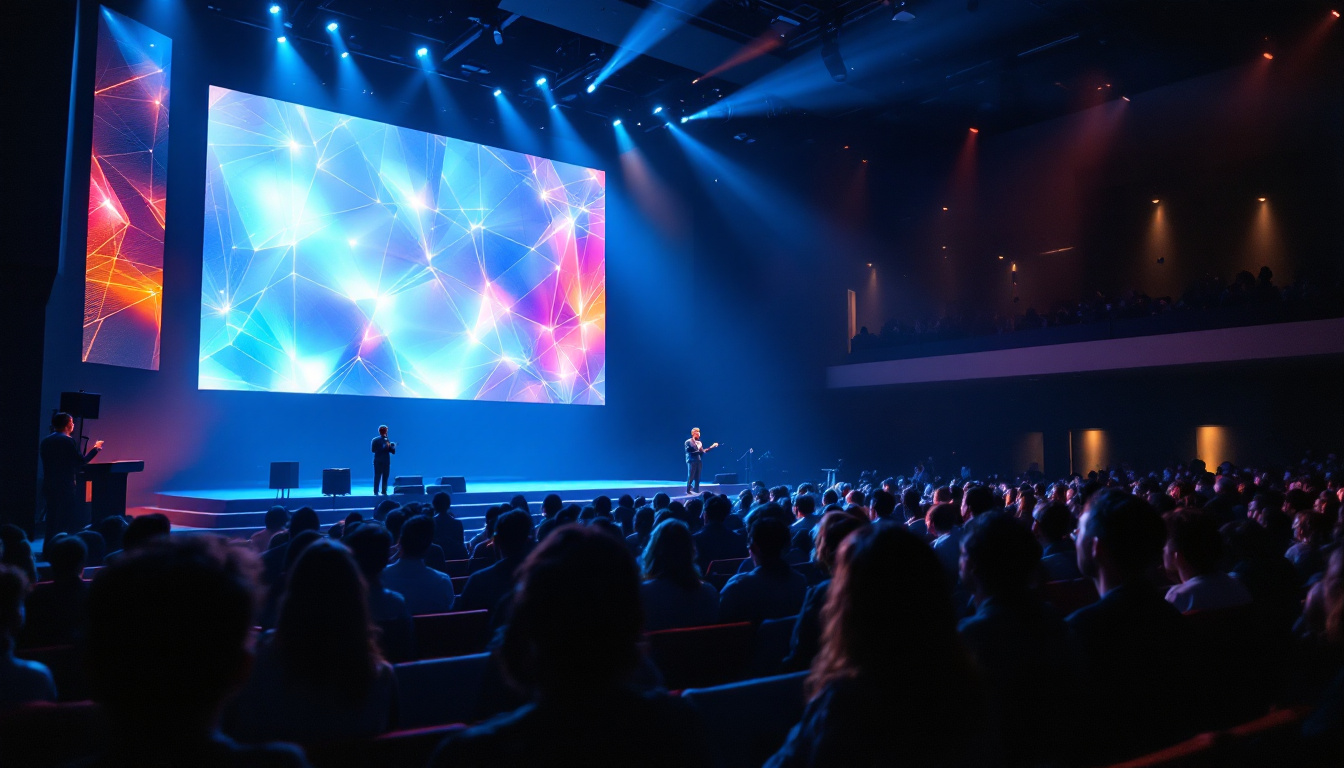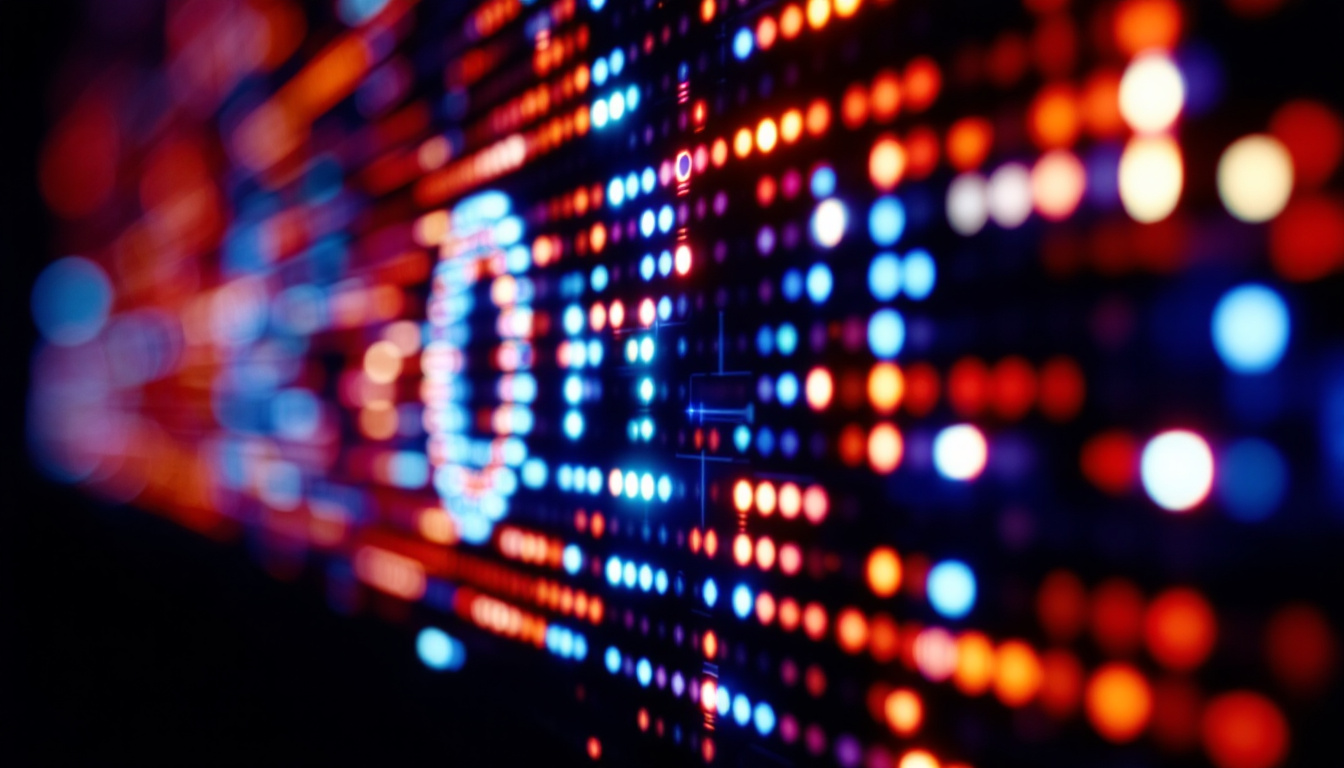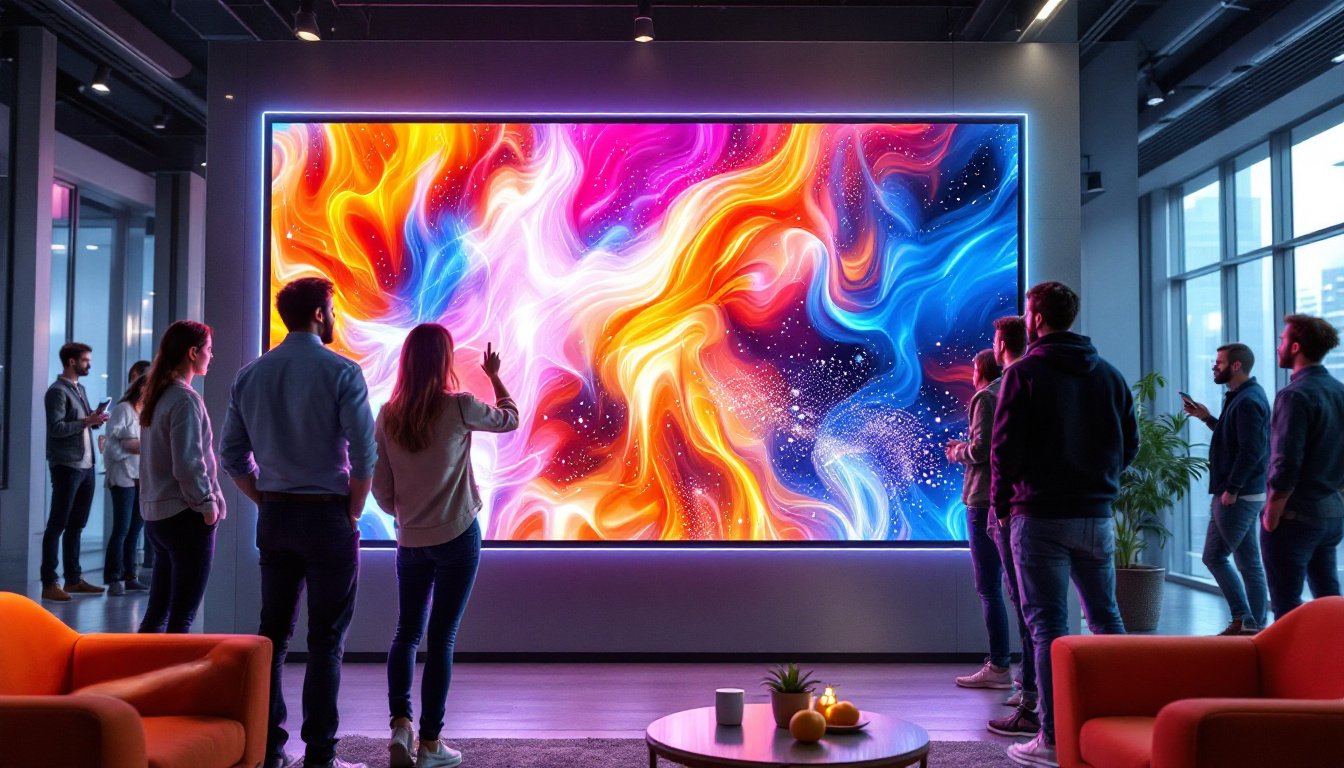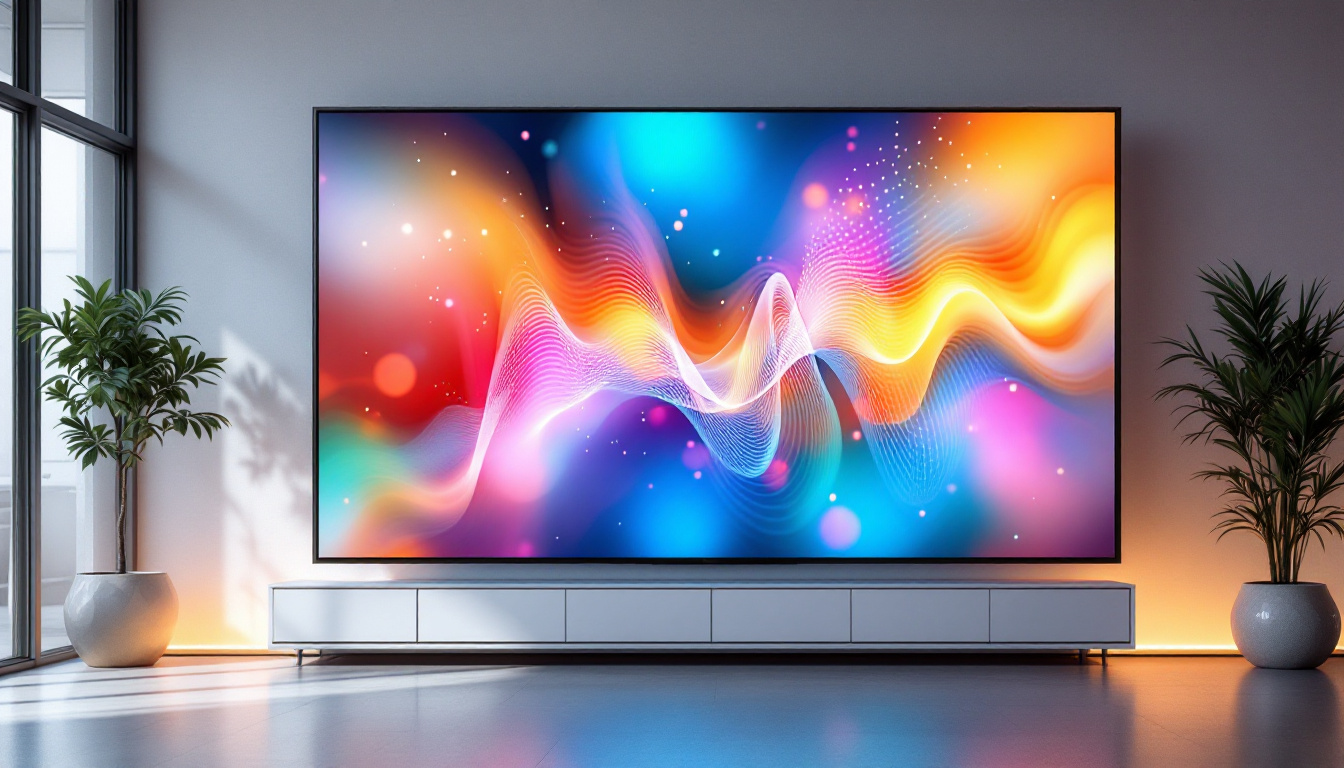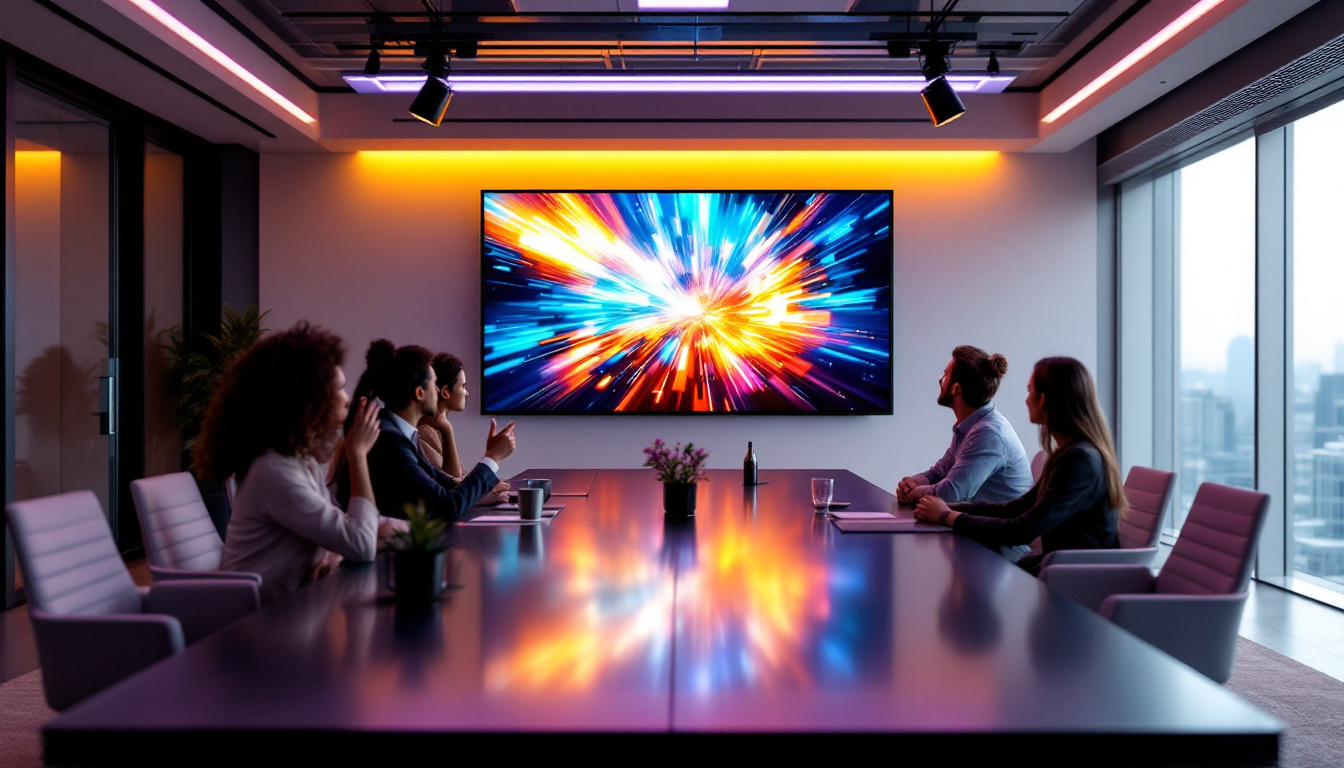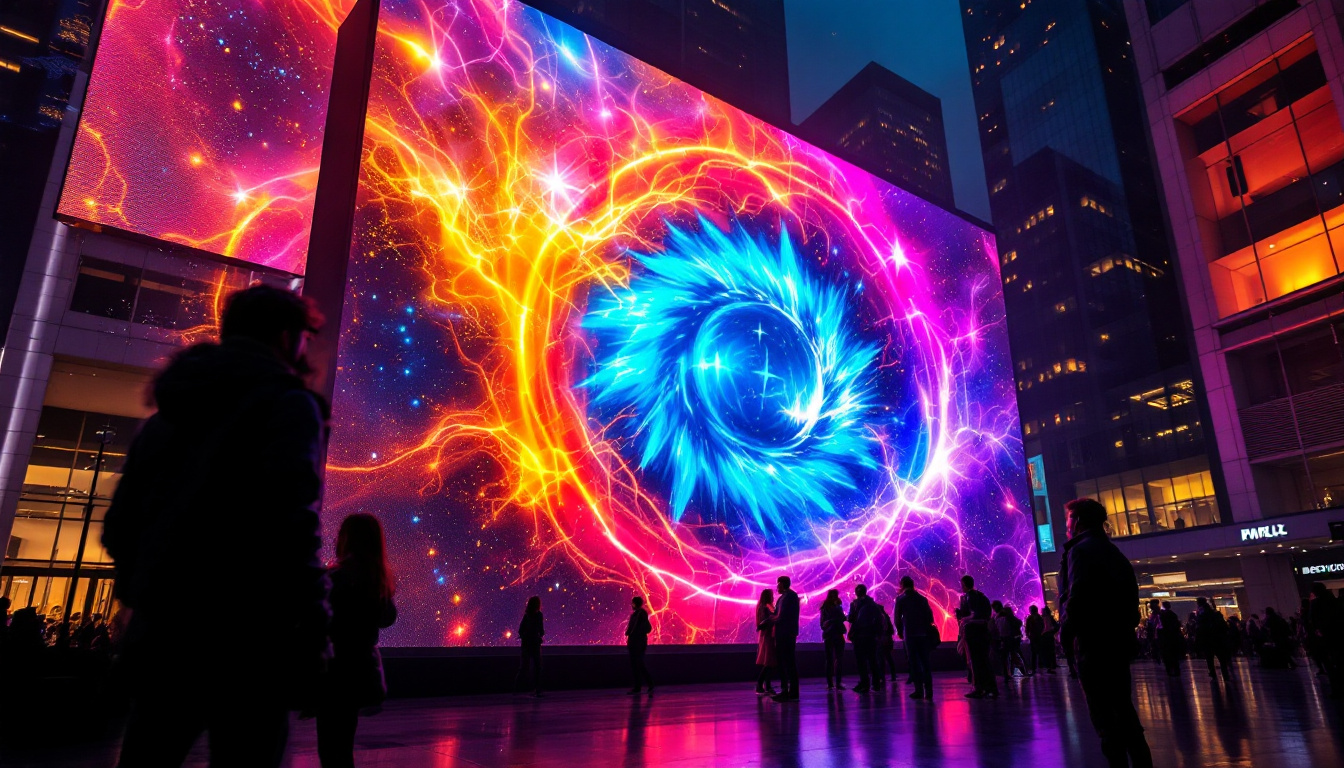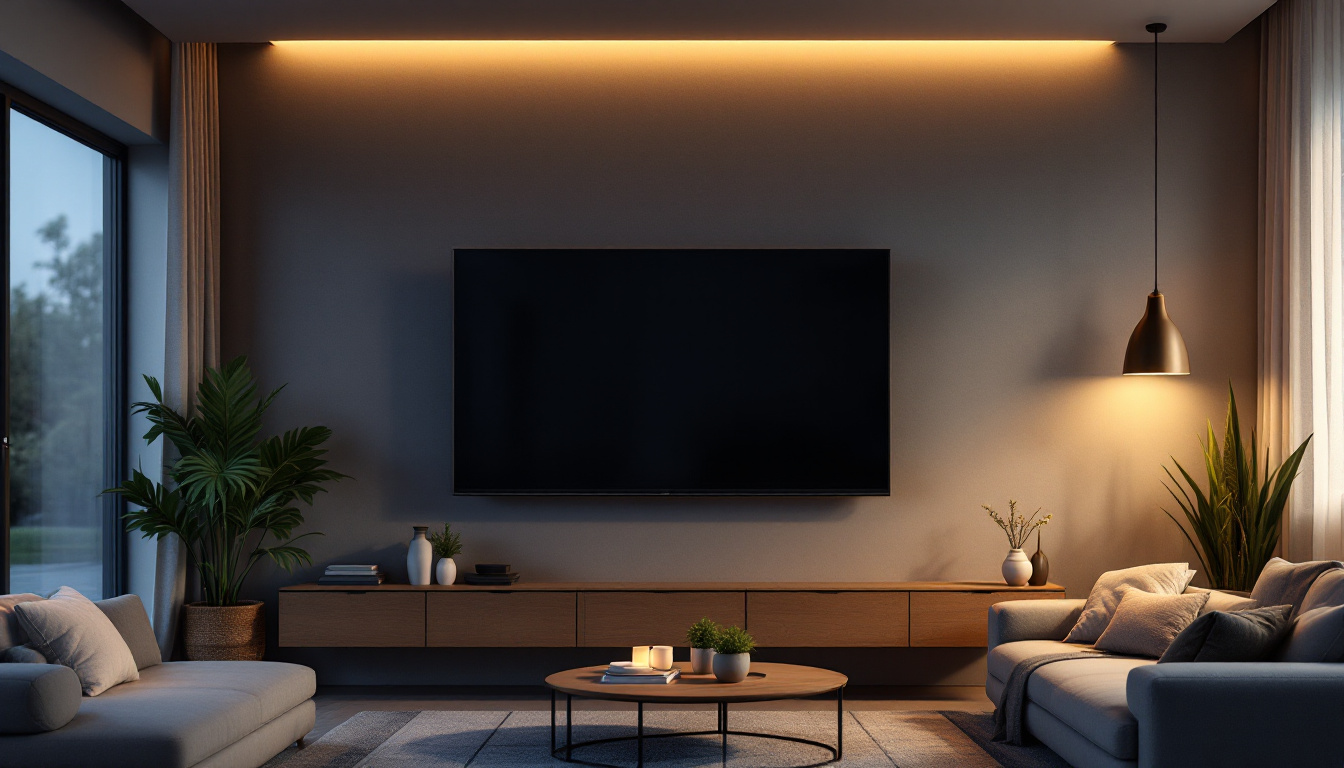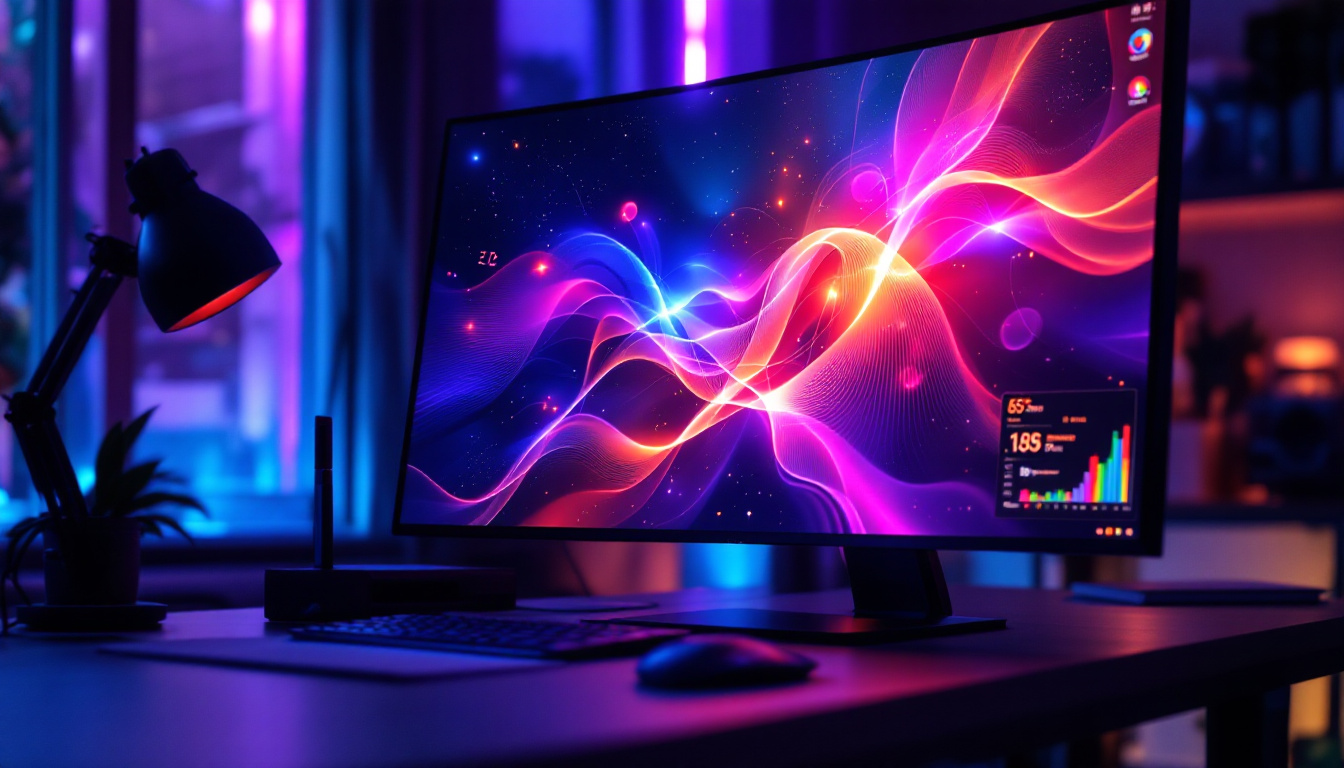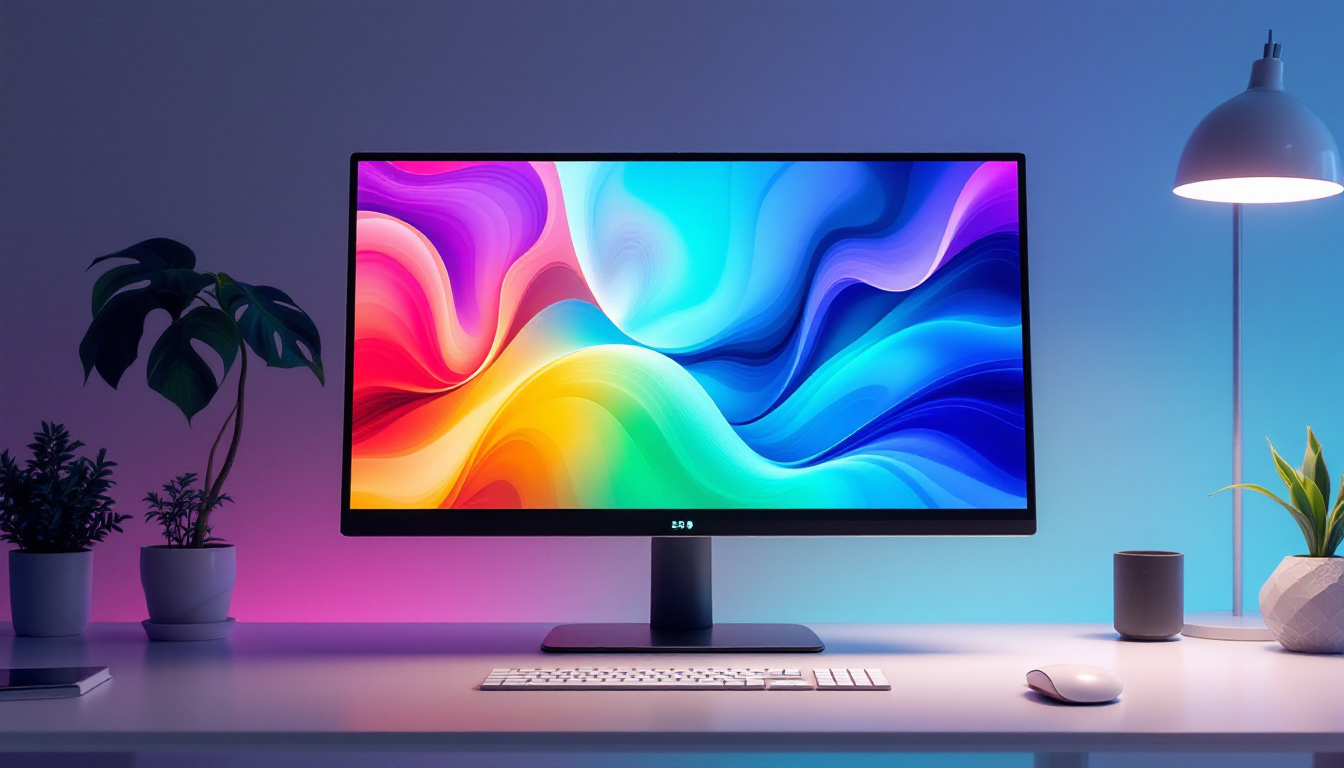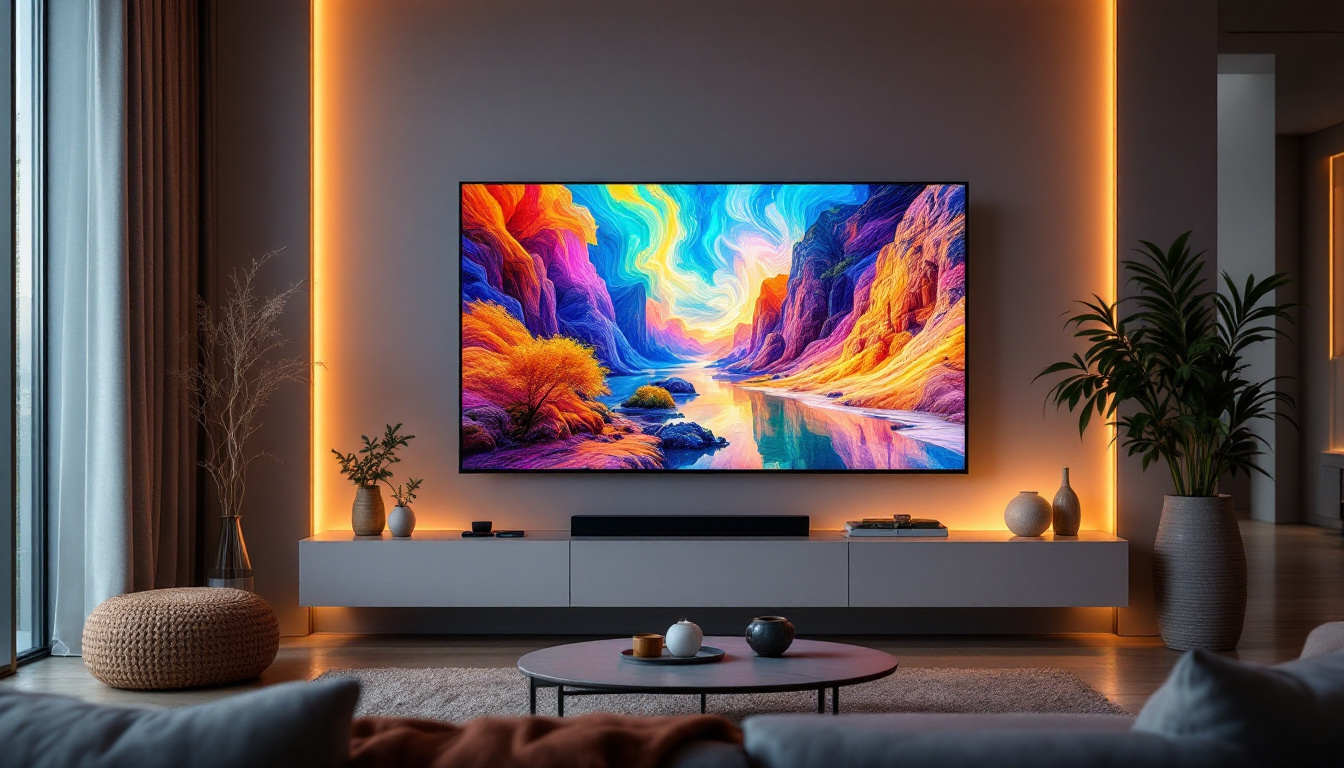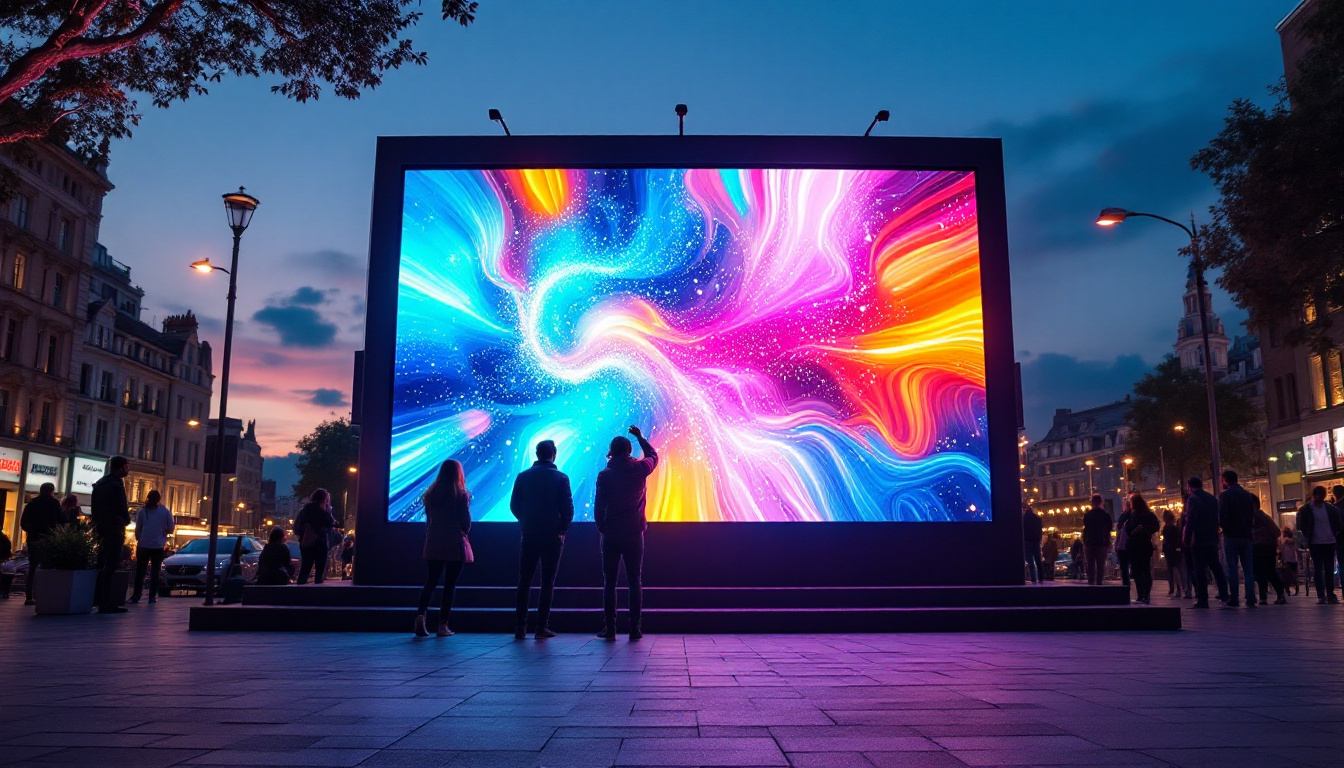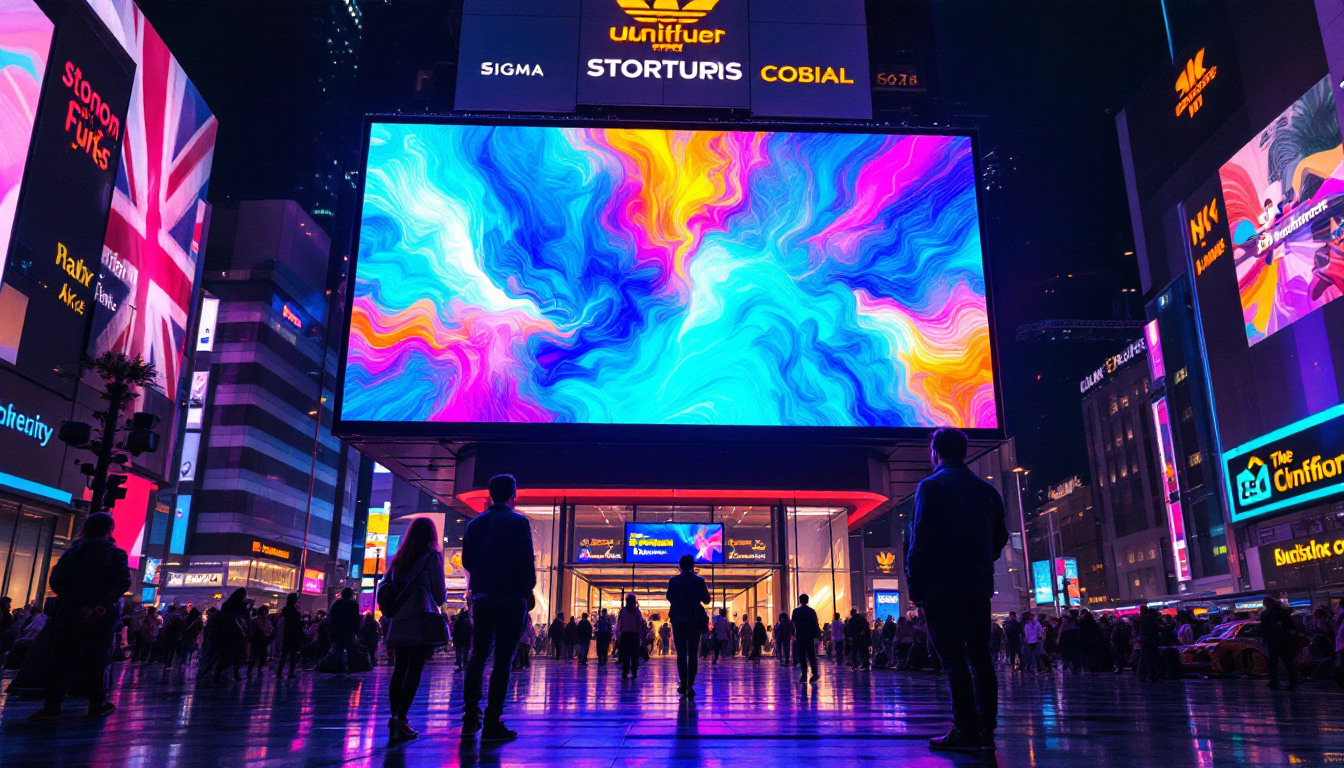In the world of modern display technology, understanding the nuances of LED and LCD screens is crucial for consumers and professionals alike. One of the key aspects that often gets overlooked is the refresh rate. This article delves into the intricacies of LED LCD refresh rates, explaining their significance, how they work, and what to consider when choosing a display.
Understanding LED and LCD Technologies
Before diving into refresh rates, it is important to clarify the difference between LED and LCD technologies. While often used interchangeably, they refer to different aspects of display technology.
What is LCD?
Liquid Crystal Display (LCD) technology utilizes liquid crystals sandwiched between layers of glass or plastic. These crystals do not emit light by themselves; instead, they require a backlight to illuminate the image. Traditionally, this backlight has been provided by fluorescent lamps, but modern LCDs often use LED backlighting, which enhances brightness and energy efficiency. The arrangement of these liquid crystals allows for precise control over the light passing through them, resulting in sharp images and vibrant colors. Furthermore, advancements in LCD technology have led to the development of various types, such as IPS (In-Plane Switching) and TN (Twisted Nematic), each offering unique advantages in terms of viewing angles and response times.
What is LED?
Light Emitting Diode (LED) refers to the type of backlighting used in some LCD displays. LED displays can be categorized into two types: edge-lit and full-array. Edge-lit LEDs are positioned along the edges of the screen, while full-array LEDs are distributed across the entire back panel, offering better contrast and uniformity in brightness. This distribution allows for localized dimming, which enhances the depth of blacks and overall picture quality, making LED displays particularly appealing for watching movies or playing video games. Additionally, the energy efficiency of LED technology not only reduces power consumption but also contributes to a longer lifespan for the display, making it a popular choice among consumers seeking both performance and sustainability.
The Importance of Refresh Rate
The refresh rate of a display refers to how many times per second the image is refreshed on the screen, measured in Hertz (Hz). A higher refresh rate can lead to smoother motion and a better viewing experience, particularly in fast-paced environments such as gaming or watching action-packed films. This is crucial not only for entertainment but also for professional applications where precision and clarity are paramount, such as graphic design or video editing.
How Refresh Rate Affects Performance
A display with a higher refresh rate can render images more smoothly, reducing motion blur and making fast-moving objects appear clearer. This is particularly important for gamers, as a higher refresh rate can provide a competitive edge by allowing for quicker reactions and more fluid gameplay. Additionally, a higher refresh rate can enhance the overall experience in virtual reality (VR) environments, where lag can lead to discomfort or motion sickness. The seamless visuals created by higher refresh rates can immerse users in a way that lower refresh rates simply cannot achieve.
Common Refresh Rates
Standard refresh rates for displays typically range from 60Hz to 240Hz. Most consumer LCDs and LEDs operate at 60Hz, which is adequate for everyday tasks such as browsing the web or watching videos. However, for gaming and professional applications, displays with refresh rates of 120Hz or higher are becoming increasingly popular. As technology progresses, we are also seeing the emergence of displays that can reach refresh rates of 300Hz or even higher, catering to the most demanding gamers and professionals. These advancements not only improve the visual experience but also push the boundaries of what is possible in display technology, leading to innovations in how we interact with digital content.
Factors Influencing Refresh Rate
While the refresh rate is a critical component of display performance, several other factors can influence the overall viewing experience. Understanding these factors can help consumers make informed decisions when purchasing a display. From the type of panel technology used to the resolution of the screen, each element plays a significant role in how content is rendered and perceived.
Response Time
Response time refers to how quickly a pixel can change from one color to another. A lower response time is essential for reducing motion blur and ghosting effects. While refresh rate determines how often the image is updated, response time affects how quickly the display can respond to those updates. For instance, displays with a response time of 1ms are ideal for competitive gamers, as they provide a smoother and more fluid visual experience, allowing players to react swiftly to fast-moving action on-screen. Additionally, advancements in technology have led to the development of faster response times in newer display models, making them increasingly appealing for both gamers and general consumers alike.
Input Lag
Input lag is the delay between a user’s action (such as pressing a button) and the corresponding visual response on the screen. A display with a high refresh rate may still have noticeable input lag, which can hinder performance in fast-paced gaming scenarios. It’s essential to consider both refresh rate and input lag when evaluating a display for gaming. For example, even a 240Hz monitor can feel sluggish if it has a high input lag, leading to a frustrating gaming experience. Many manufacturers now provide specifications for input lag, allowing consumers to make better choices based on their gaming needs. Furthermore, certain gaming modes and settings can help minimize input lag, enabling a more responsive interaction with the game, which is crucial for achieving a competitive edge.
Panel Technology
The type of panel technology used in a display can also greatly affect the refresh rate and overall performance. Common types include Twisted Nematic (TN), In-Plane Switching (IPS), and Vertical Alignment (VA). TN panels are known for their fast response times and high refresh rates, making them popular among gamers. However, they often sacrifice color accuracy and viewing angles. On the other hand, IPS panels offer superior color reproduction and wider viewing angles, but typically come with slower response times and refresh rates. VA panels strike a balance between the two, providing better contrast ratios but can sometimes lag behind in response time. Understanding the strengths and weaknesses of each panel type can help consumers choose a display that best fits their specific needs, whether for gaming, professional work, or general media consumption.
Choosing the Right Refresh Rate for Your Needs
When selecting a display, it’s crucial to consider the intended use. Different applications may require different refresh rates to provide an optimal experience.
For Gaming
Gamers typically benefit from higher refresh rates, such as 120Hz or 144Hz. These rates allow for smoother gameplay and a more responsive experience. Additionally, many gaming monitors come equipped with features such as variable refresh rate technology, which can further enhance performance by synchronizing the display’s refresh rate with the frame rate output of the graphics card.
For Media Consumption
For watching movies or television shows, a refresh rate of 60Hz is generally sufficient. Most films are shot at 24 frames per second, and a 60Hz refresh rate can effectively display this content without any noticeable issues. However, some high-end televisions offer higher refresh rates, which can improve the viewing experience for fast-paced action scenes.
Understanding Refresh Rate Specifications
When shopping for a display, consumers will encounter various specifications related to refresh rates. Understanding these specifications can help clarify what to expect from a particular model.
Native Refresh Rate vs. Maximum Refresh Rate
The native refresh rate refers to the standard refresh rate at which the display operates under normal conditions. In contrast, the maximum refresh rate indicates the highest rate the display can achieve, often through overclocking. While a higher maximum refresh rate may seem appealing, it is essential to consider whether the display can consistently maintain this rate during regular use.
Adaptive Sync Technologies
Adaptive sync technologies, such as NVIDIA’s G-Sync and AMD’s FreeSync, are designed to eliminate screen tearing and stuttering by synchronizing the refresh rate of the display with the frame rate output of the graphics card. These technologies can significantly enhance the gaming experience, especially on displays with high refresh rates.
Future Trends in Refresh Rate Technology
The display industry is continually evolving, with advancements in refresh rate technology leading the way. As consumer demands for smoother and more immersive experiences grow, manufacturers are exploring new possibilities.
Higher Refresh Rates
While 240Hz displays are already available, there is ongoing research into even higher refresh rates. Displays with refresh rates of 360Hz and beyond are being developed, particularly for competitive gaming. These advancements promise to deliver unprecedented smoothness and responsiveness in visual performance.
Integration with VR and AR
Virtual Reality (VR) and Augmented Reality (AR) applications require exceptionally high refresh rates to provide a seamless and immersive experience. As these technologies gain traction, the demand for displays capable of supporting high refresh rates will likely increase, pushing manufacturers to innovate further.
Conclusion
Understanding the refresh rate of LED LCD displays is essential for making informed decisions when selecting a monitor or television. With the right knowledge, consumers can choose displays that best suit their needs, whether for gaming, media consumption, or professional applications. As technology continues to advance, staying informed about refresh rates and related specifications will ensure that users can enjoy the best possible viewing experience.
Ultimately, the refresh rate is just one aspect of display technology, but it plays a significant role in the overall performance and satisfaction of the user. By considering refresh rates alongside other factors such as response time and input lag, consumers can find the perfect display to meet their needs.
Explore High-Performance LED Displays with LumenMatrix
Now that you’re equipped with the knowledge of LED LCD refresh rates and their impact on your viewing experience, it’s time to take action. LumenMatrix, a pioneer in LED display technology, offers an extensive range of innovative LED display solutions tailored to your unique needs. From immersive Indoor LED Walls to dynamic Outdoor LED Displays and beyond, LumenMatrix is committed to transforming your visual communication. Elevate your brand visibility and engage your audience like never before. Check out LumenMatrix LED Display Solutions today and experience the future of digital signage.



